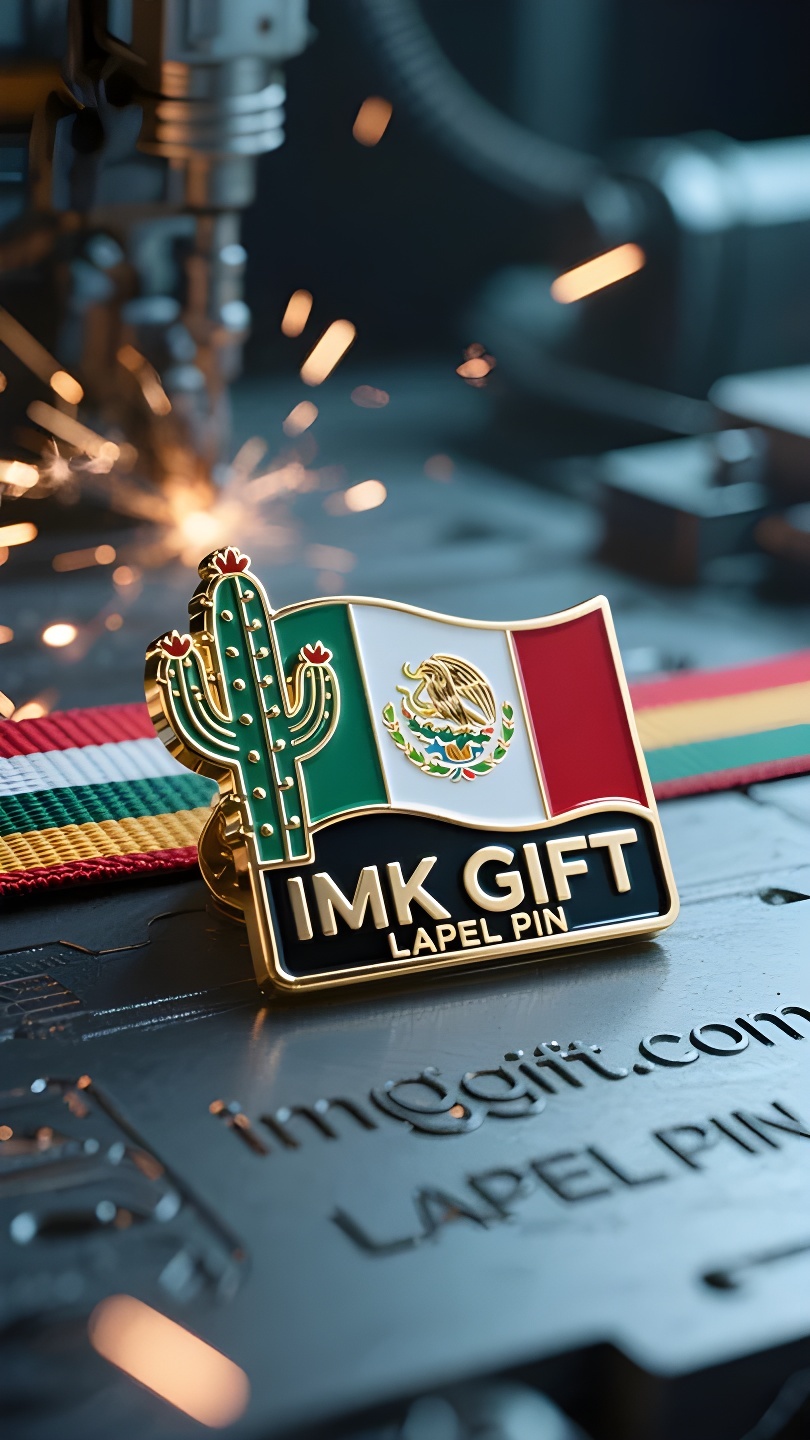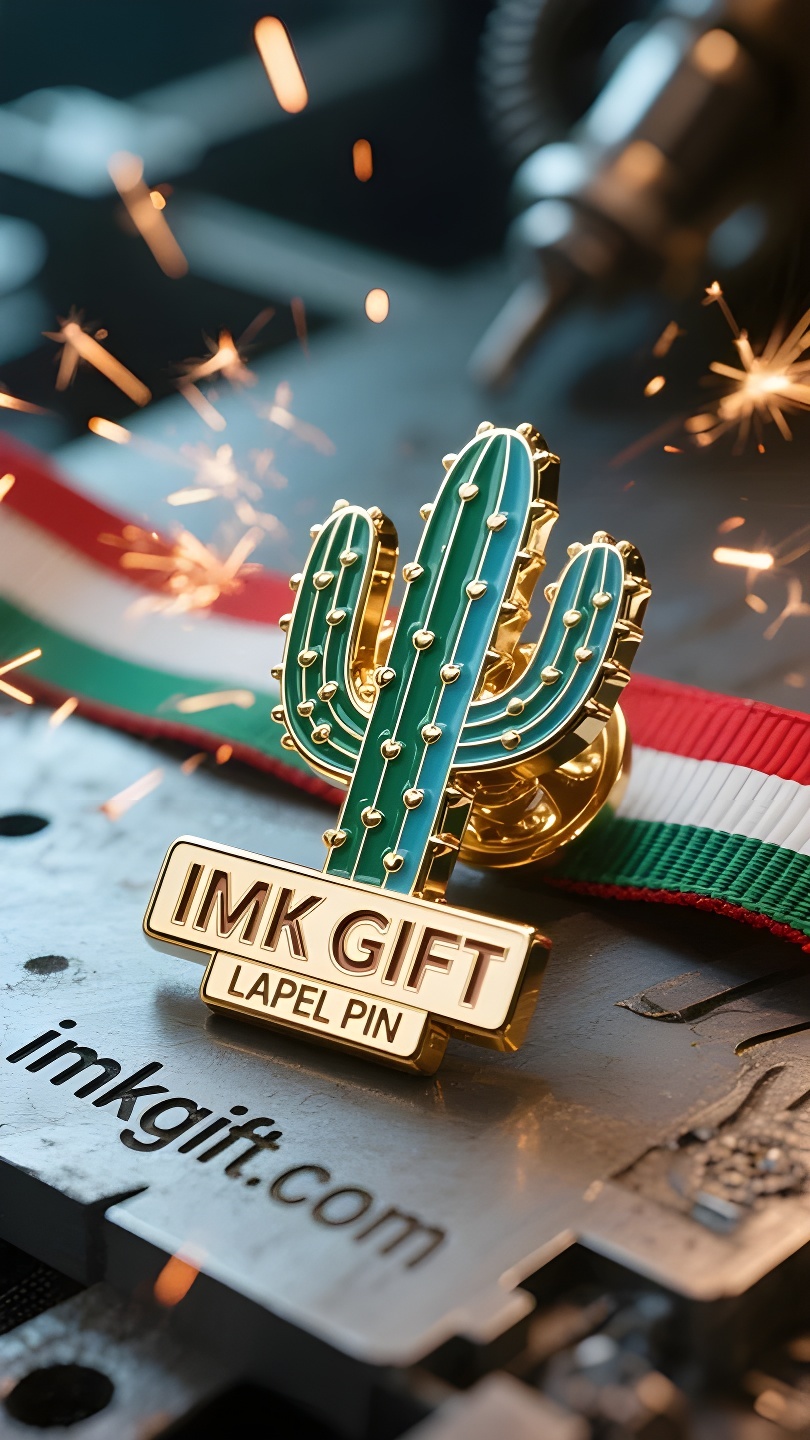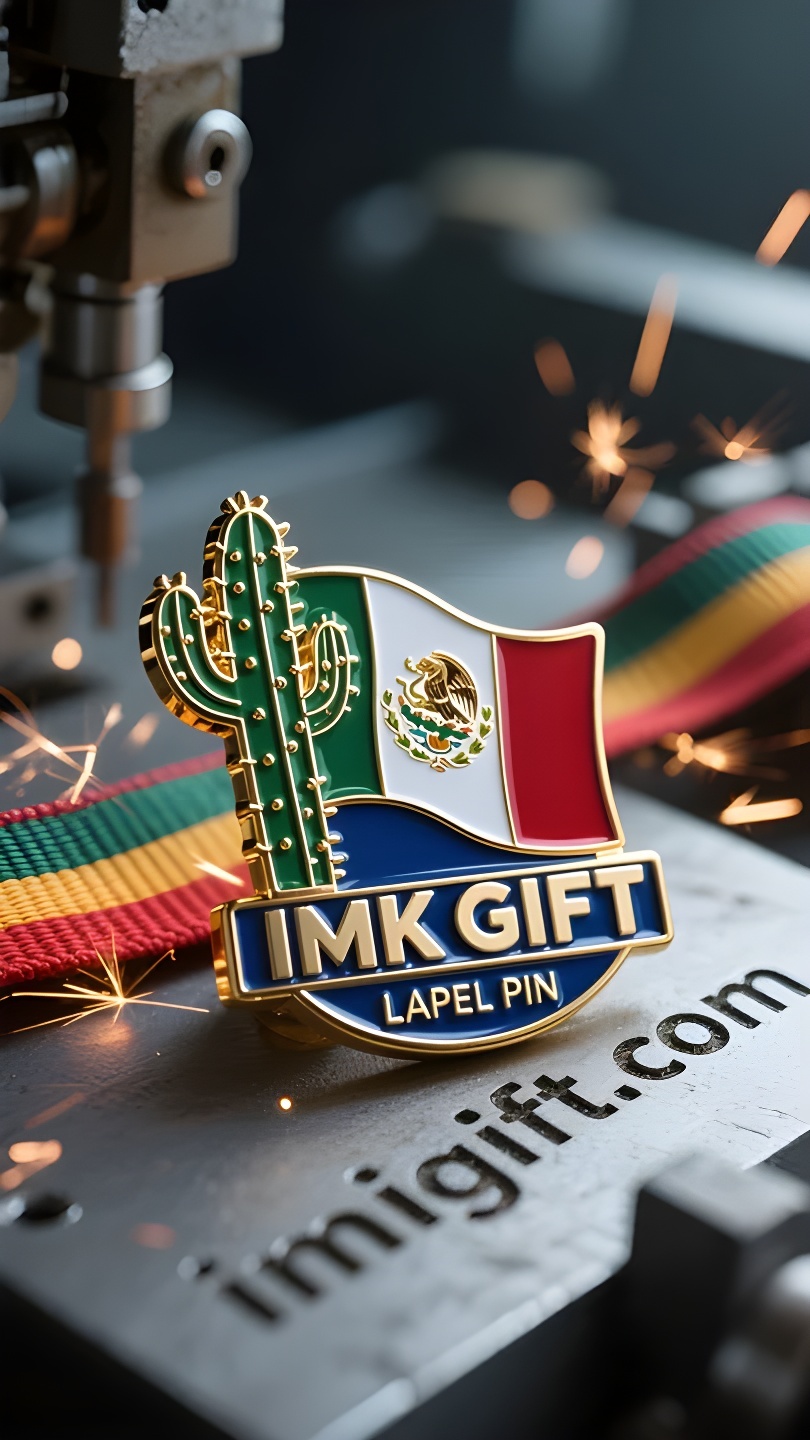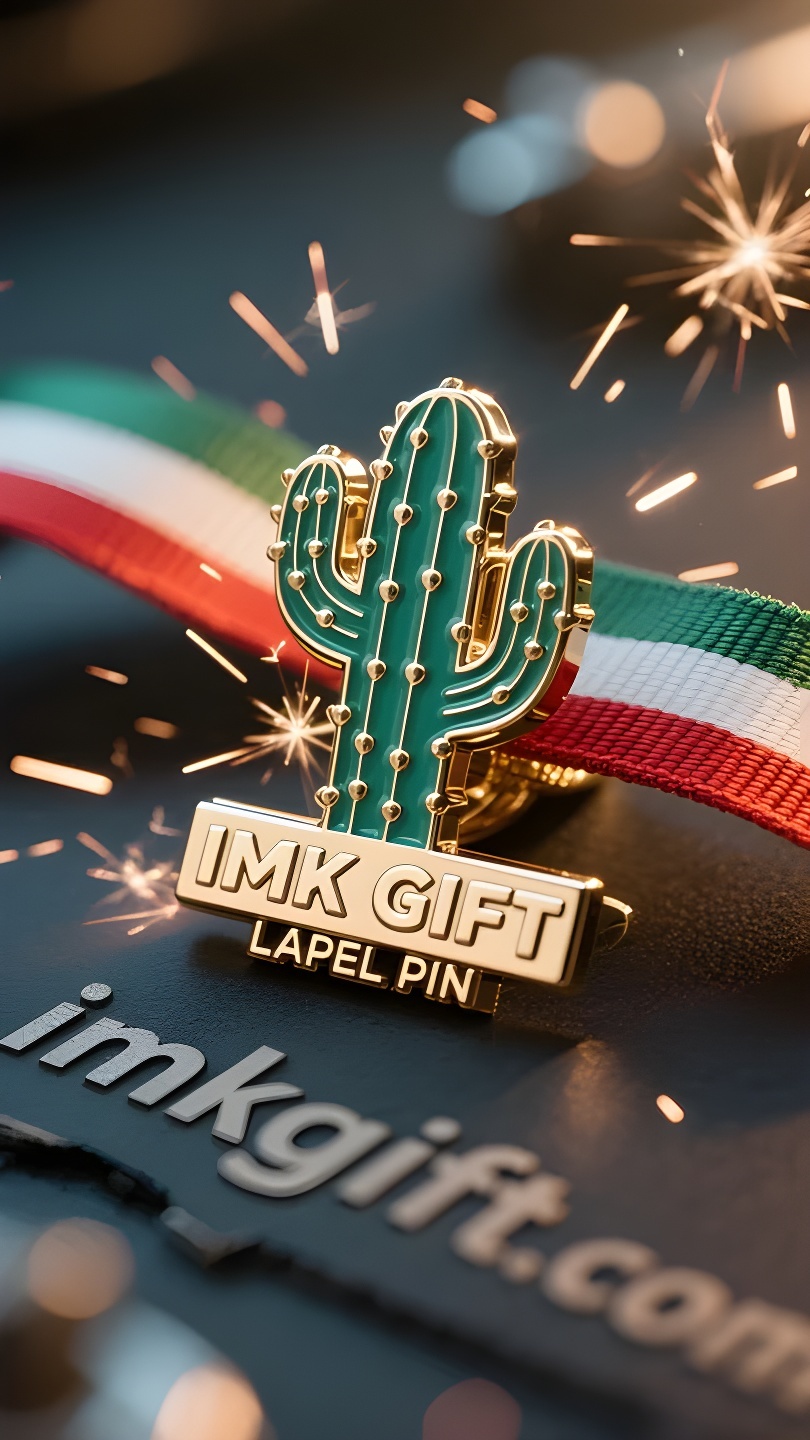in993-Insignia-de-cactus-un-homenaje-a-la-vida-en-la-adversidad
▼
Septiembre en México es la temporada en la que resuenan las campanas de la independencia. En esta tierra llena de civilizaciones mayas y aztecas, el emblema del cactus en el centro de la bandera nacional cuenta la filosofía eterna de la vida con su antiguo tótem. El emblema del cactus lleva un código nacional épico: según la leyenda, los aztecas buscaron la tierra prometida de “un águila parada sobre un cactus picoteando una serpiente” según el oráculo, y finalmente establecieron una gloriosa capital en el pantano de Tenochtitlan. Este símbolo, certificado como patrimonio cultural de la humanidad por la UNESCO, se ha convertido en una impactante metáfora de supervivencia en los tiempos modernos: el cactus puede acumular néctar en grietas de rocas estériles, proteger la esperanza con sus afiladas espinas y luchar contra la esterilidad con una actitud lenta y firme. Así como la bandera de Nuestra Señora de Guadalupe, izada por el Padre Hidalgo durante la Guerra de Independencia de México, transformó las espinas de la colonización en raíces de libertad. En la actual Ciudad de México aún se alzan esculturas gigantes de cactus entre los bosques de acero. Forman una maravillosa intertextualidad con la gente moderna que pasa por ellos: las bandas de mariachis callejeros que insistieron en tocar durante la pandemia de COVID-19, la cadena humana de voluntarios que entregan suministros en las ruinas del terremoto, los agricultores que cultivan cultivos resistentes a la sequía en el desierto… Cada vida repite la sabiduría de supervivencia del cactus: convertir la adversidad en nutrientes y forjar la fragilidad en una armadura. Mientras el sol de septiembre brilla sobre los colores verde, blanco y rojo de la bandera nacional, el emblema del cactus brilla con una revelación que abarca miles de años: la verdadera fuerza no reside en conquistar el medio ambiente, sino en permitir que la esperanza florezca en el suelo más pobre. Éste es el gen nacional de México y es también el arte de sobrevivir compartido por toda la humanidad.
September in Mexico is the season when the bells of independence echo. In this land soaked in Mayan and Aztec civilizations, the cactus emblem in the center of the national flag is telling the eternal philosophy of life with an ancient totem. The cactus emblem carries an epic national code: According to legend, the Aztecs searched for the promised land of “eagles standing on cacti and pecking snakes” according to the oracle, and finally established a glorious capital in the Tenochtitlan swamp. This symbol certified as a cultural heritage of mankind by UNESCO has evolved into a shocking metaphor of survival in the contemporary world – the cactus can accumulate nectar in barren rock cracks, guard hope with its thorns, and fight against desolation with a slow and firm attitude. Just like the flag of Our Lady of Guadalupe raised by Father Hidalgo during the Mexican War of Independence, the thorns of the colony were transformed into the roots of freedom. In today’s Mexico City, giant cactus sculptures still stand tall among the steel forests. They form a wonderful intertextuality with modern people who walk through them: street Mariachi bands that insist on playing during the COVID-19 pandemic, volunteer chains that deliver supplies in earthquake ruins, agriculturists who cultivate drought-resistant crops in the desert… Every life is repeating the survival wisdom of cacti – turning adversity into nutrients and forging fragility into armor. When the September sun passes over the green, white and red colors on the national flag, the cactus emblem shines with a revelation that spans thousands of years: true strength does not lie in conquering the environment, but in letting hope bloom in the poorest soil. This is the national gene of Mexico, and it is also the common art of survival for all mankind.
墨西哥的九月,是独立钟声回荡的季节。在这片浸润着玛雅与阿兹特克文明的土地上,国旗中央的仙人掌国徽正以古老图腾诉说着永恒的生命哲学。
仙人掌徽章承载着史诗般的民族密码:传说中,阿兹特克人根据神谕寻找”雄鹰立于仙人掌啄食蛇”的应许之地,最终在特诺奇蒂特兰沼泽地建立起辉煌都城。这个被联合国教科文组织认证为人类文化遗产的符号,在当代演化成震撼人心的生存隐喻——仙人掌能在贫瘠岩缝中积蓄甘露,用尖刺守护希望,以缓慢而坚定的姿态对抗荒芜。正如墨西哥独立战争中,伊达尔戈神父举起的瓜达卢佩圣母旗,将殖民地的荆棘化作自由的根系。
今天的墨西哥城,钢筋森林间依然挺立着巨型仙人掌雕塑。它们与穿行其间的现代人形成奇妙互文:新冠疫情期间坚持演奏的街头玛利亚奇乐队,地震废墟中传递物资的志愿者人链,荒漠里培育抗旱作物的农业学家……每个生命都在重演着仙人掌的生存智慧——把困境转化为养分,将脆弱锻造成铠甲。
当九月的阳光掠过国旗上绿白红三色,仙人掌徽章闪耀着跨越千年的启示:真正的强大,不在于征服环境,而在于让希望在最贫瘠的土壤中开花。这是属于墨西哥的民族基因,更是全人类共通的生存艺术。
▼
Contact Us
📞 Tel: +0086-760-85286839
📧 Email: sales3@imkgift.com








